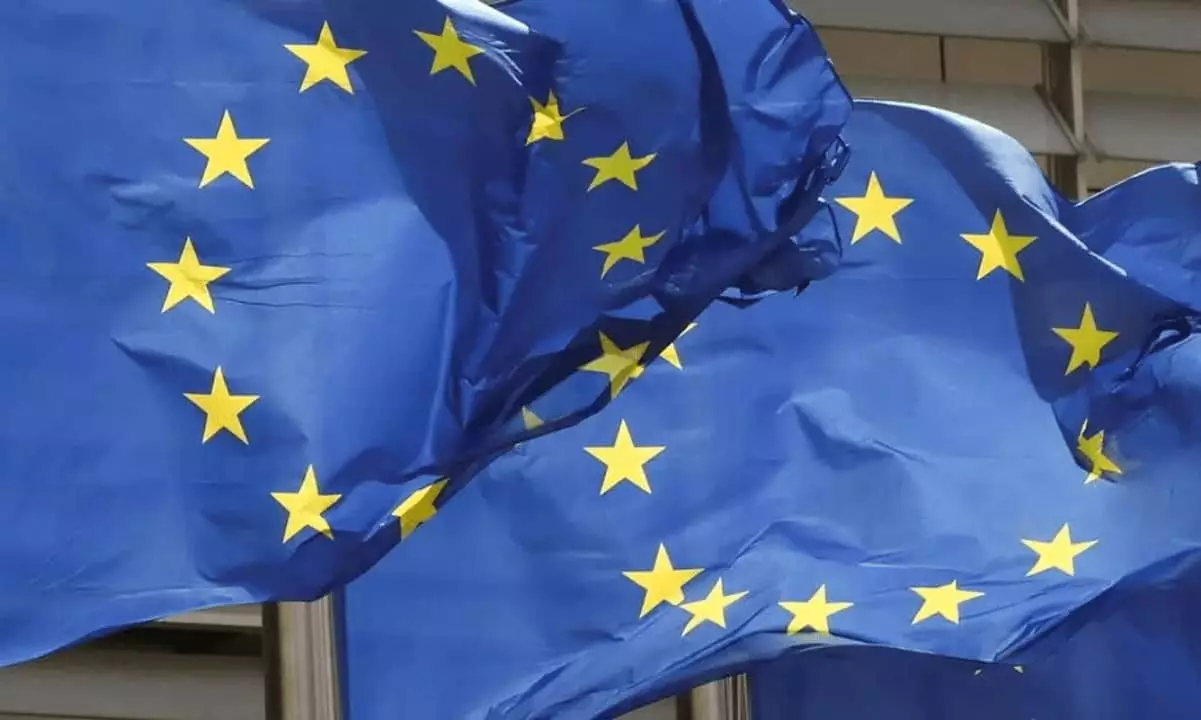Six months into its implementation, the Markets in Crypto-Assets (MiCA) regulation signals Europe’s bold attempt to dominate the global crypto landscape through strict oversight. Ostensibly designed to bring order, stability, and transparency to a chaotic sector, MiCA’s rollout reveals a complex picture. While regulators celebrate milestones like licensing dozens of firms and approving stablecoins, beneath the surface, serious concerns emerge about overreach, stifling innovation, and creating barriers for the very startups that drive crypto evolution.
The initial data shows promising activity. Several EU nations, particularly Germany, France, and the Netherlands, have handed out licenses to a range of firms from traditional banks to fintech giants and crypto-native startups. This suggests that regulated access to the single market is attractive, spurring entrepreneurs to seek legitimacy. Yet, the limited number of stablecoins, especially asset-referenced tokens, illuminates muted demand—a sign that the regulatory environment might be dampening market appetite rather than fostering growth.
What’s missing from this picture? A thriving, innovative crypto ecosystem. Instead, what we observe is a cautious, heavily regulated environment that pushes firms to become compliance bureaucrats rather than pioneers. The slow uptake in assets like ART tokens underscores how regulatory clarity, paradoxically, may be deterring risk-taking. If innovation is a vibrant engine, these regulations are risking to turn it into a slow-moving bureaucratic maze, where survival depends less on ingenuity and more on box-checking.
Regulation as a Double-Edged Sword for the European Market
MiCA’s intentions are clear: protect investors, prevent fraud, and provide a harmonized legal landscape. But on closer examination, the regulation might be doing more harm than good. It casts a long regulatory shadow over 10,000 Ukrainian crypto businesses and potentially harms startups by imposing hefty compliance costs—estimated to increase operational expenses by nearly half for many. While large firms like Coinbase and Kraken adapt swiftly, the smaller and more innovative players risk being squeezed out or forced to exit the market altogether.
There’s an inherent contradiction in assuming regulation will unlock investor confidence while simultaneously creating compliance burdens that can thwart smaller firms from participating. The projected 35% rise in stablecoin market capitalization might be a positive sign, but it could also be an artificial boost driven by regulatory consolidation rather than genuine market expansion. Investors’ faith in transparency must be taken with a grain of skepticism, especially when regulatory hurdles threaten to centralize a sector historically defined by decentralization and freedom.
Furthermore, the slow emergence of ART tokens and other innovative products signals a cautious, even cautious, approach that could ultimately hinder Europe’s ability to compete in the global crypto arena. Dominating through regulation isn’t the same as leading through innovation, and MiCA risks turning the continent into a regulatory dusty trail—more restrictive than inspiring.
Is Europe’s Crypto Future Being Sacrificed on the Altar of Control?
Europe’s regulators are clearly intoxicated with the idea of control. They see crypto through the lens of risks, not opportunities. While investor protections are vital, the heavy-handed approach threatens to undermine the very spirit of the crypto revolution—decentralized power, unfiltered innovation, and rapid adoption.
The assumption that regulation will automatically boost investor confidence and market capitalization ignores the potential for regulatory fatigue, exit, and innovation stagnation. When over 35 firms are flagged as non-compliant, it indicates a game of regulatory whack-a-mole, where the cost of compliance is too high for many to continue. This results in a shrinking ecosystem that might be more manageable for regulators but less vibrant for consumers and entrepreneurs.
If Europe continues down this path, it may become a safe but stagnant haven—safe from fraud, yes, but also from groundbreaking innovations that could redefine finance. The risk isn’t merely losing competitive ground; it is creating a regulatory environment that favors incumbents over newcomers, ultimately choking the sector’s dynamism and relevance on the world stage.
This regulatory experiment, in my view, underscores a fundamental misjudgment: that overregulation can substitute for genuine market-led innovation. Europe must recognize that true leadership in crypto requires fostering an environment that balances oversight with openness—allowing ingenuity and risk-taking to flourish, rather than suffocating them beneath layers of compliance.














